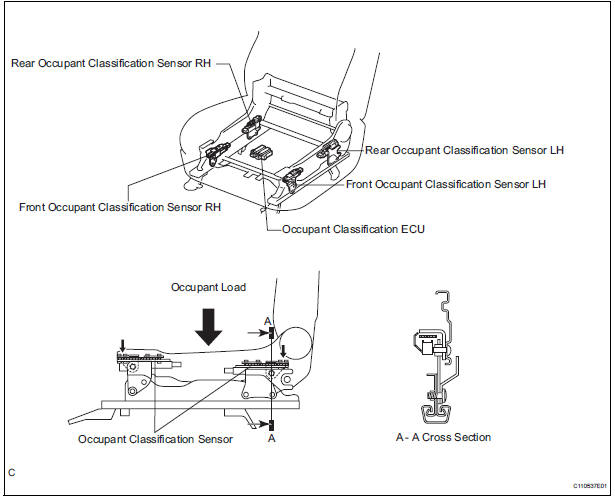
Toyota Sienna Service Manual System description Occupant classification system Supplemental

Occupant Classification System (OCS) Seat Weight ubicaciondepersonas.cdmx.gob.mx
The occupant classification system is used to classify an occupant type into an adult, a child, a child seat, or an object. The inputs are depth images from a time-of-flight based depth camera.

Occupant Classification System Market Forecast (20232029)
when diagnosing a DTC B1650- "Occupant Classification System Malfunction". This DTC may also be accompanied by B1760, B1761, B1771 or B1795 as found in the Occupant Detection control module. The new procedure is designed to help avoid unnecessary part (seat cushion assembly) replacements. SERVICE PROCEDURE / INFORMATION: IMPORTANT NOTES:
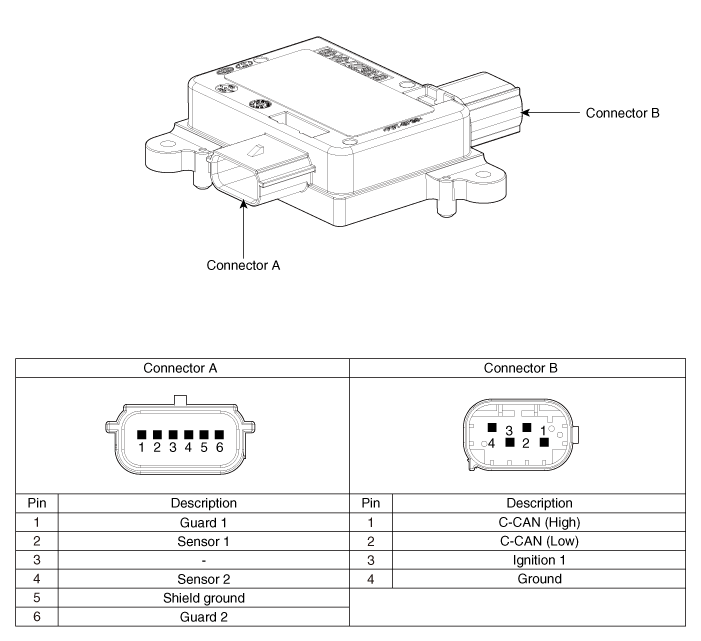
Occupant Classification System (OCS) Seat Weight ubicaciondepersonas.cdmx.gob.mx
receives and monitors inputs from the occupant classification system module (OCSM), battery energy control module B (BECMB) and various other hard-wired switches and sensors. If the RCM detects a sudden vehicle deceleration and/or lateral deceleration based on the information received from the various sensors, and determines that deployment is

(PDF) An LVQbased Automotive Occupant Classification System
Integrated foam sensor multi-zone (IFS-M) is an occupant classification system designed to fulfill "FULL" suppression (i.e. 1YO/3YO/6YO suppression). IFS and IFS-M are integrated beneath the seat foam making both systems robust against misuse and liquids as well as providing a high level of durability. Play movie

OCS Occupant Classification System YouTube
Our Occupant Classification (OC) sensor system is based on analysis of the seat occupancy pressure profile, which discerns human like from human unlike profiles. If the occupancy is identified as a person, an allocation into one of four morphologic ranges is made. Accordingly, children, light adults, heavy children, medium adults, heavy adults.

Occupancy Classifications in NFPA 101®, Life Safety Code® YouTube
Seats now may have an occupant classification system (OCS), airbags, haptic feedback (vibrating seats), or heated and cooled seats. These systems typically go beyond simple switches and relays and rely on control modules and computers to make them function. OCS have been an integral part of supplemental restraints systems (SRS) since the early.
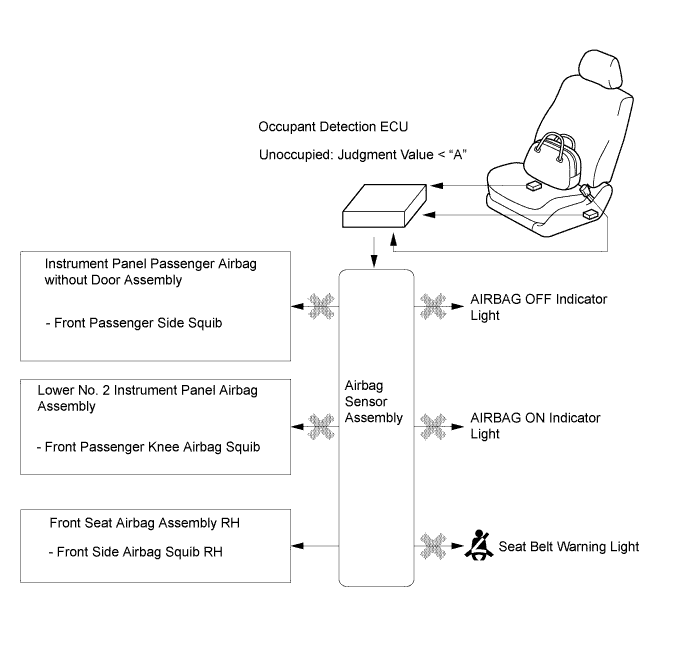
OCCUPANT CLASSIFICATION SYSTEM
Diagnostic OBD-II codes. Dashboard warning lights. Code B00A0 stands for Occupant Classification System (OCS) fault. Learn more about causes, symptoms, and diagnostics for code B00A0.
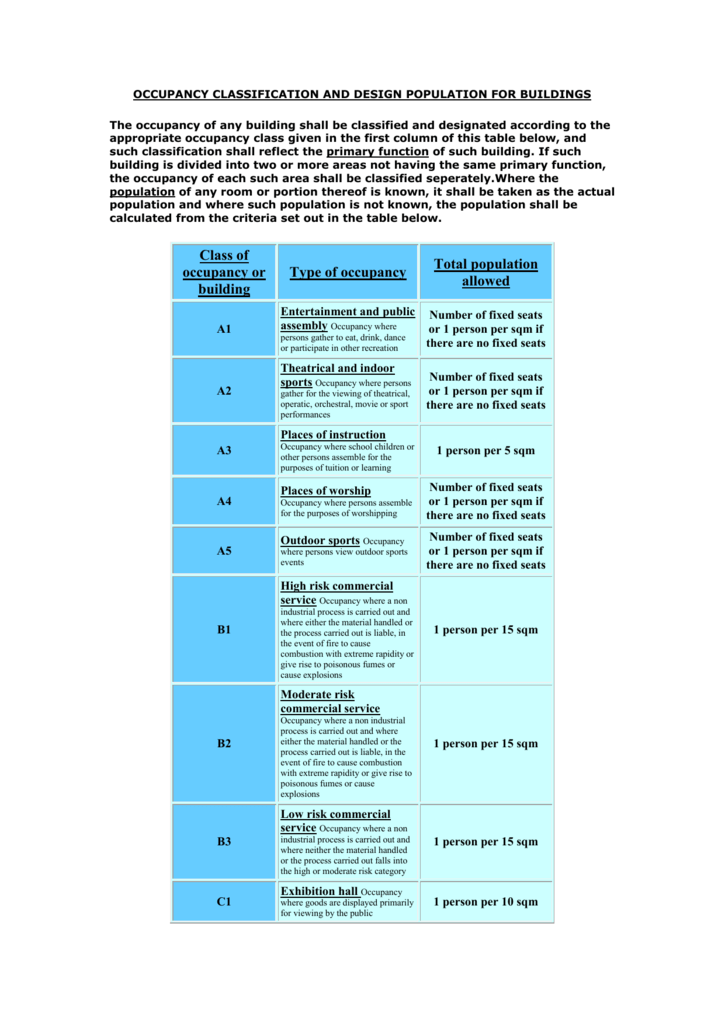
occupancy classification and design population for buildings
SERVICING OCCUPANT CLASSIFICATION SYSTEMS The left screen capture shows diagnostic trouble code B1BBC - OCS Negative System Weight from a passenger air bag system. The scan data in the right screen capture verifies the current fault condition; the RF PSWS-2 sensor shows 24kg. The diagnostic process should begin with a visual inspection of the.
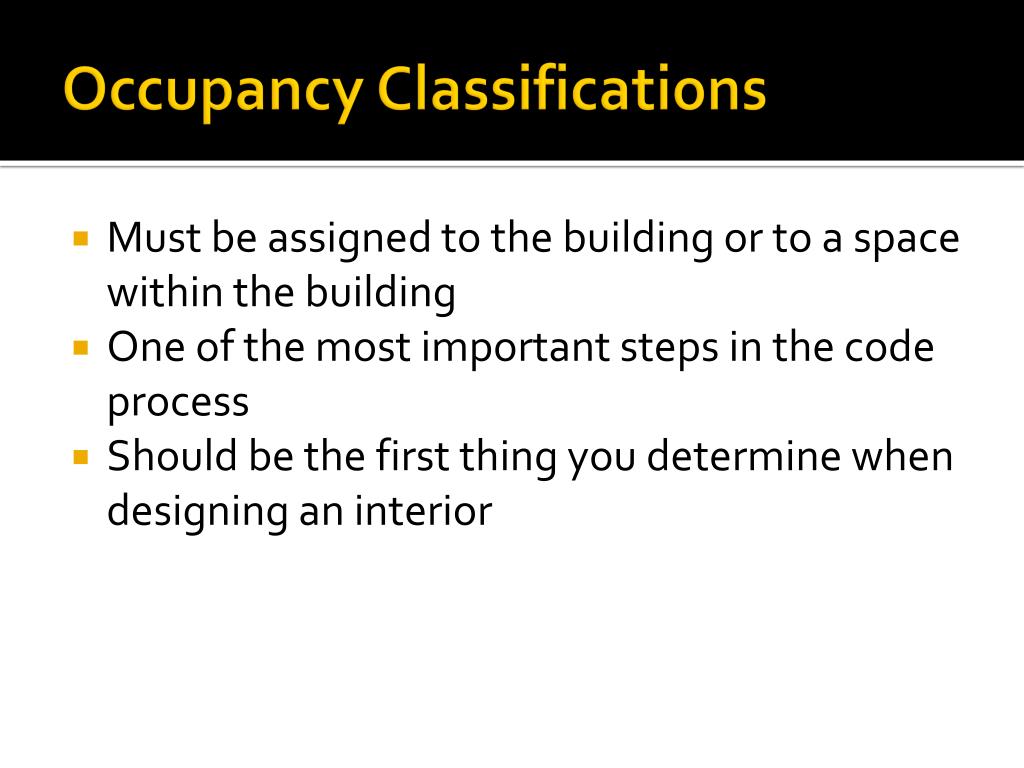
PPT Chapter 2 PowerPoint Presentation, free download ID1252476
The Occupant Classification System (OCS) is designed to classify the front seat occupant and automatically turn OFF (inhibit) the passenger air bag under some conditions. Section 1 of the Owner's Manual has a detailed description of how the occupant classification system is designed to operate in accordance with federal

Occupant Classification System Vehicle List DocsLib
As occupant injuries induced by airbag deployment became a critical issue, revisions to FMVSS 208 were made to mandate the adoption of advanced airbag which can protect occupants of varying statures. As a result, OCS (Occupant Classification System) has become an important part of advanced airbag te